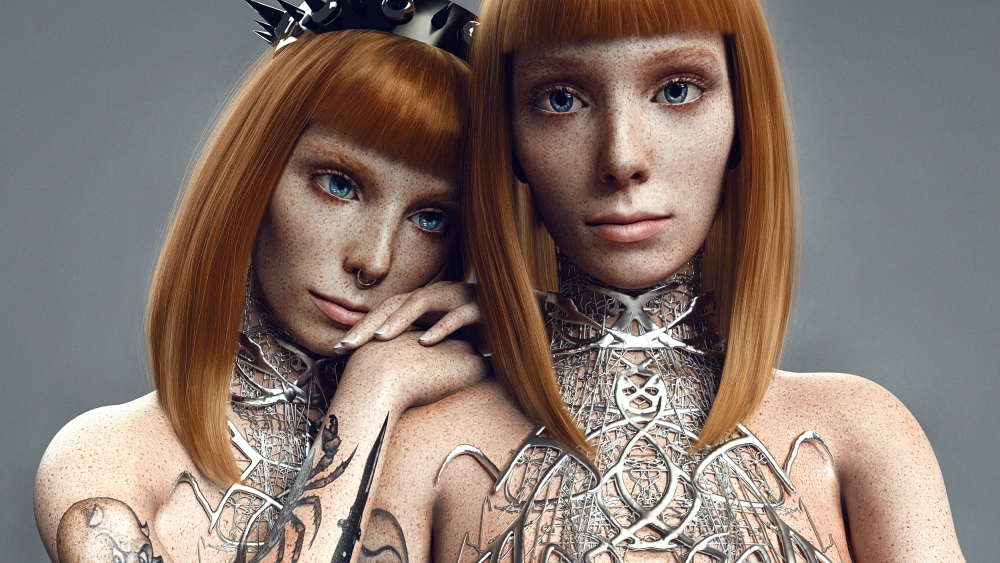The Evolution of Modeling in the Digital Age

In the ever-evolving landscape of the modeling industry, the digital age has brought forth groundbreaking advancements that have revolutionized the way fashion is presented and consumed. One notable development is the emergence of photorealistic digital fashion models, which have been making waves across runways, campaigns, and social media platforms.
The Rise of Photorealistic Digital Fashion Models:
Photorealistic digital fashion models are computer-generated representations of human-like figures that exhibit an astonishing level of realism. With the help of advanced 3D modeling, animation, and rendering techniques, these virtual models can be designed to possess diverse physical attributes, facial expressions, and even unique personalities. This breakthrough technology has opened up new possibilities for fashion brands, allowing them to showcase their creations in innovative and captivating ways.
Enhancing Creativity and Versatility:
One of the significant advantages of photorealistic digital fashion models is their versatility and malleability. Fashion designers and brands can experiment with different looks, styles, and designs without the limitations of human models. These digital models can effortlessly transform their appearances to embody various aesthetics, allowing designers to push boundaries and explore unconventional concepts.
Diversity and Inclusion:
Digital fashion models have also contributed to promoting diversity and inclusion in the fashion industry. Traditional standards of beauty and body types can be challenged, as virtual models can represent a wide range of ethnicities, sizes, and abilities. This inclusivity is crucial for breaking stereotypes and empowering individuals who have been underrepresented in the industry. Moreover, these digital models provide a platform for self-expression, enabling users to relate to and find inspiration in more diverse representations of beauty.
Social Media and Influencer Culture:
The rise of social media platforms has significantly influenced the popularity and reach of photorealistic digital fashion models. These virtual personalities have garnered massive followings, captivating audiences with their unique aesthetics and engaging content. Digital fashion models can collaborate with brands, promote products, and inspire trends, blurring the lines between virtual and real-life influencers. Their online presence has also sparked discussions around the authenticity of models and the evolving definition of beauty in the digital age.
Photorealistic digital fashion models have undeniably transformed the modeling industry, bringing forth new avenues for creativity, diversity, and self-expression. As technology continues to advance, we can expect further developments in this field, pushing the boundaries of what is possible in the realm of fashion and modeling. While they may not replace human models entirely, these digital counterparts are carving their own space in the industry, challenging conventions and redefining the future of fashion.



